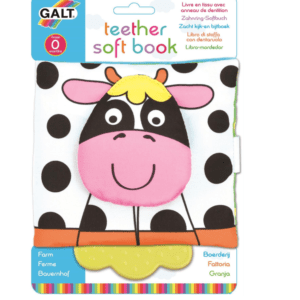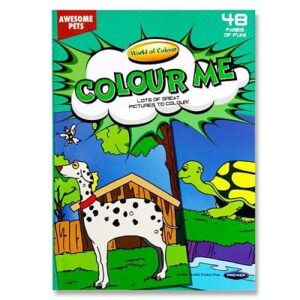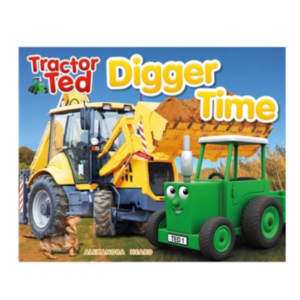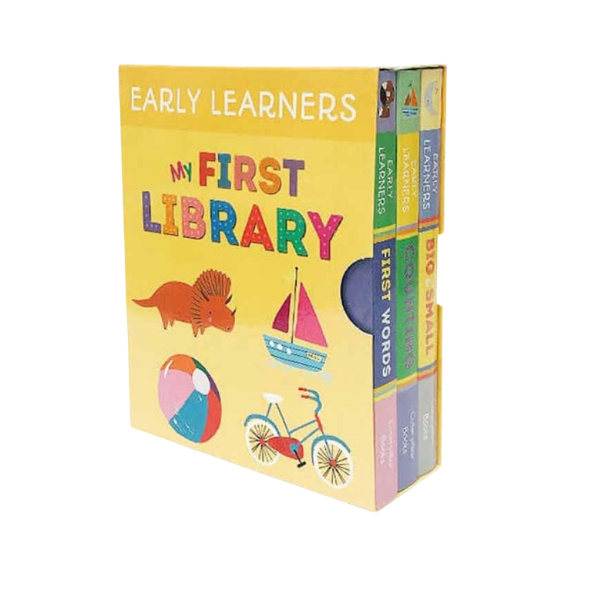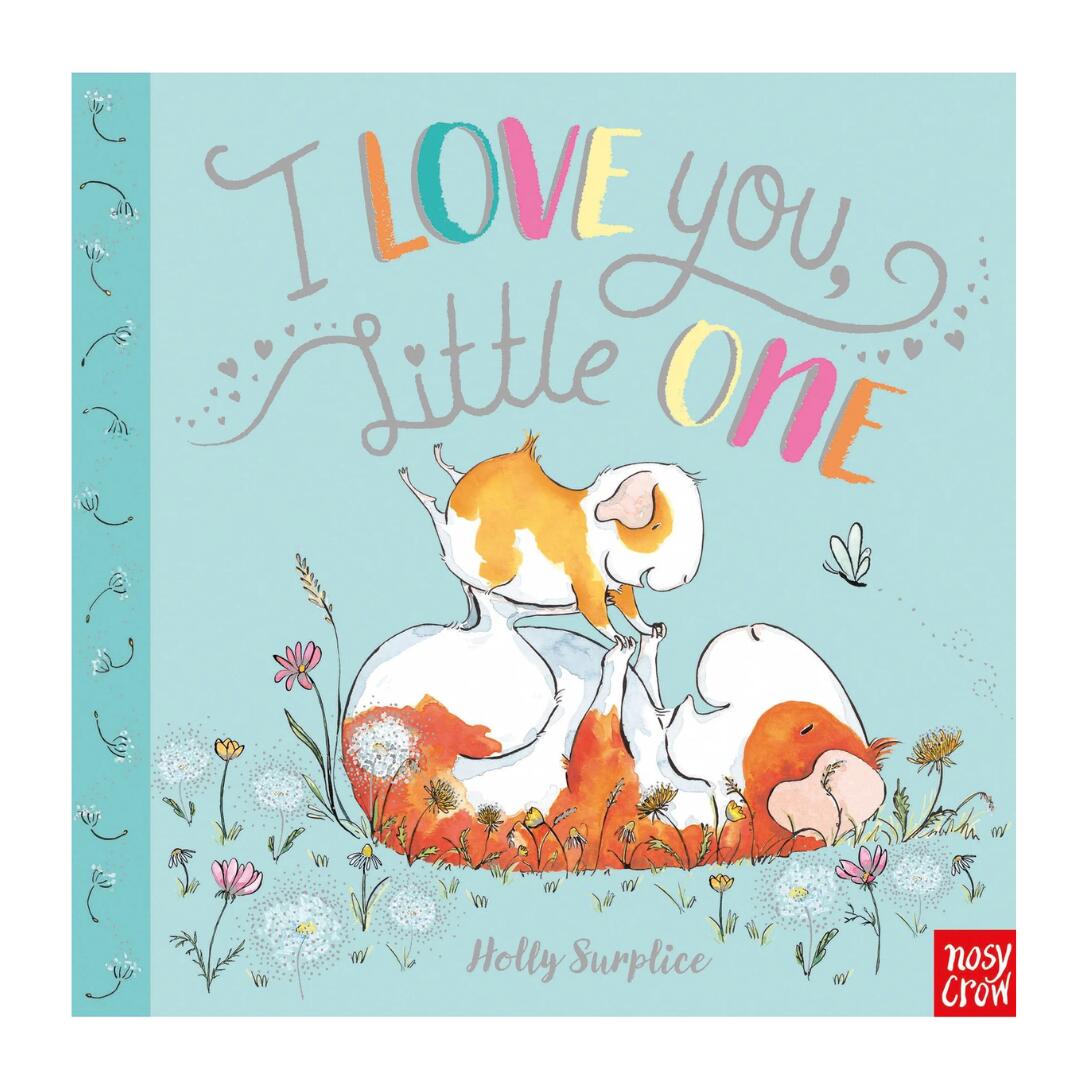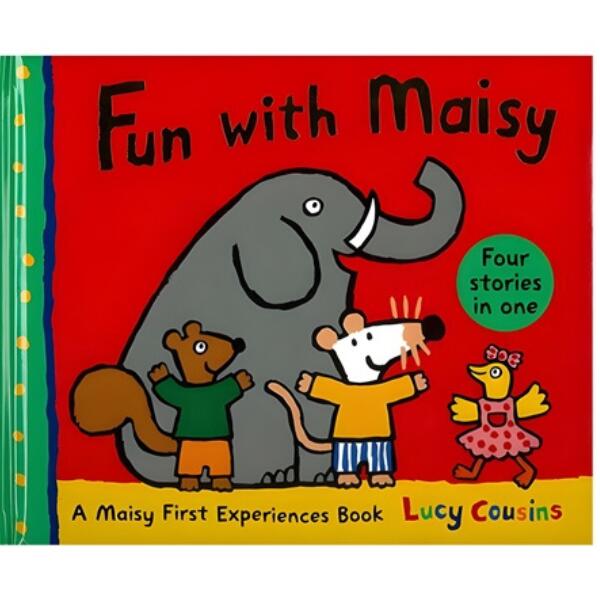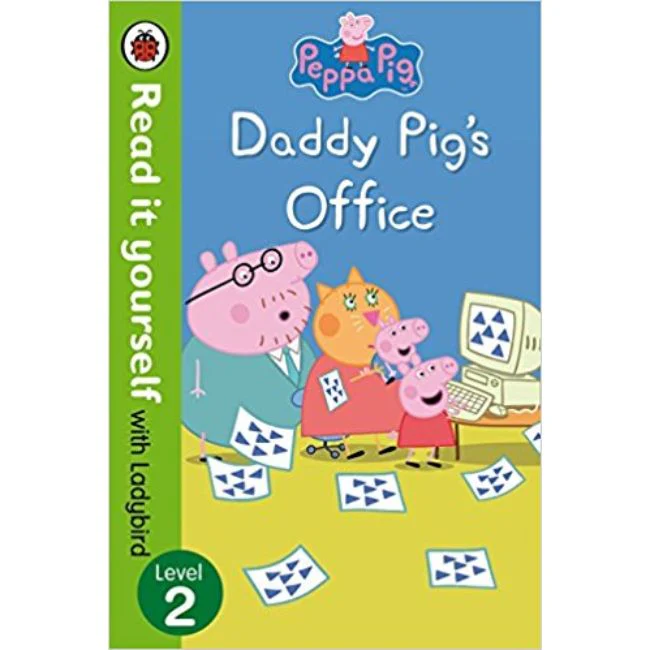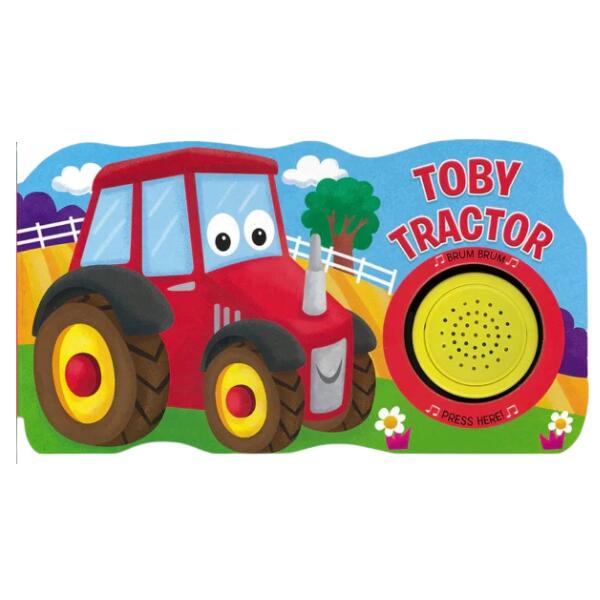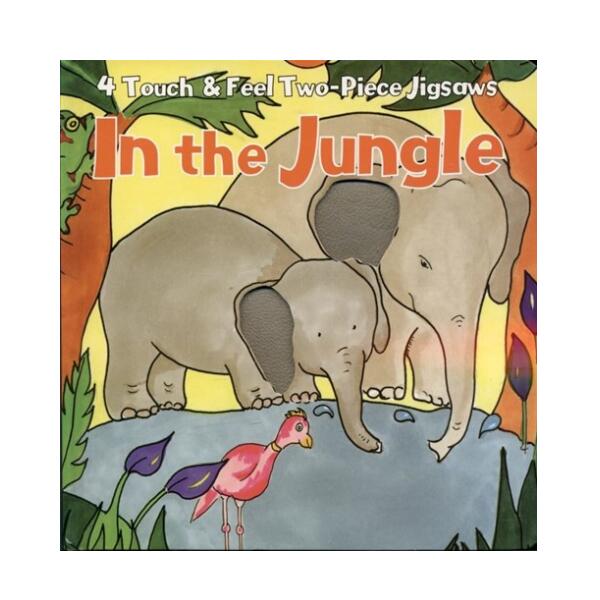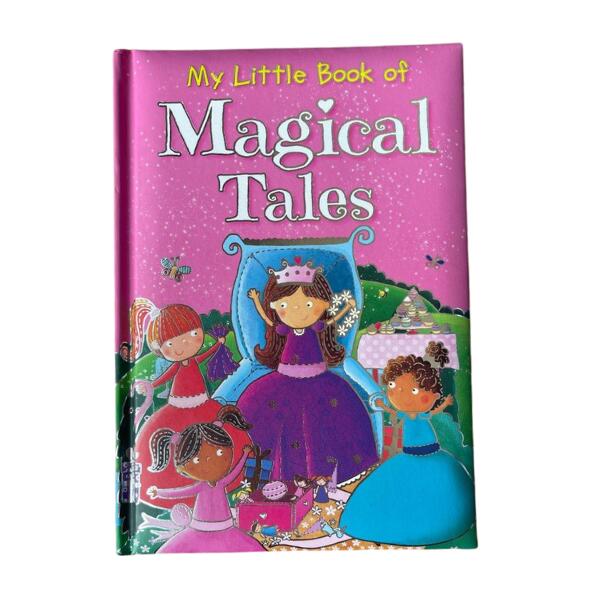€10.99
€6.99
€11.99
€11.99
€6.99
€11.99
Frequently asked questions
What kinds of books are out there for different ages? It seems overwhelming!
- Board Books (0-3 years): Thick, durable pages perfect for little hands to explore, chew, and drop without damage. Often feature simple stories, bright colors, textures, and sensory elements.
- Picture Books (3-7 years): Stories told primarily through vibrant illustrations alongside text. Longer narratives, more complex emotions, and diverse themes.
- Early Readers (5-8 years): Designed for kids just starting to read independently. Shorter sentences, larger print, controlled vocabulary, and often chapter divisions.
- Chapter Books / Middle Grade (8-12 years): Longer stories with developing plots, complex characters, and more sophisticated themes. Think fantasy, adventure, mystery, and realistic fiction.
- Young Adult (YA) (12+ years): While technically “kids’ books,” these are geared towards teenagers, exploring more mature themes like identity, relationships, and societal issues.
When should we start reading to our kids? Is it ever too early?
It’s never too early! You can start reading to your baby from birth, or even before! While they won’t understand the words, they’ll be soothed by the sound of your voice, the rhythm of language, and the physical closeness. This early exposure builds crucial pre-literacy skills and positive associations with books.
My child isn't interested in reading. Help!
Don’t panic, and definitely don’t force it!
- Make it a cosy ritual: Snuggle up, use silly voices, make sound effects. Reading should be fun, not a chore.
- Follow their lead: If they want to look at the pictures or just chew on the book for a bit, that’s okay.
- Lead by example: Let them see you enjoying books.
- Explore non-traditional “books”: Comics, graphic novels, audiobooks – they all count!
- Connect books to real life: If they love playing in nature, find a book about bugs or trees.

